PHOTOGRAPHING PEOPLE IN ASIA
By Ian Robert Knight
As a Westerner spending time in Asia, I am often drawn to the everyday sights around me. I don’t mean the temples and monuments or historical sites. I am drawn to the neighborhood streets and regular people who walk them. As a foreigner, this attraction to photograph people on the street can feel awkward at first. It may seem voyeuristic or an imposition to those you photograph. But despite what it feels like, I carry on. I do so because when I am photographing people in Asia, most often they are the best photos I take.
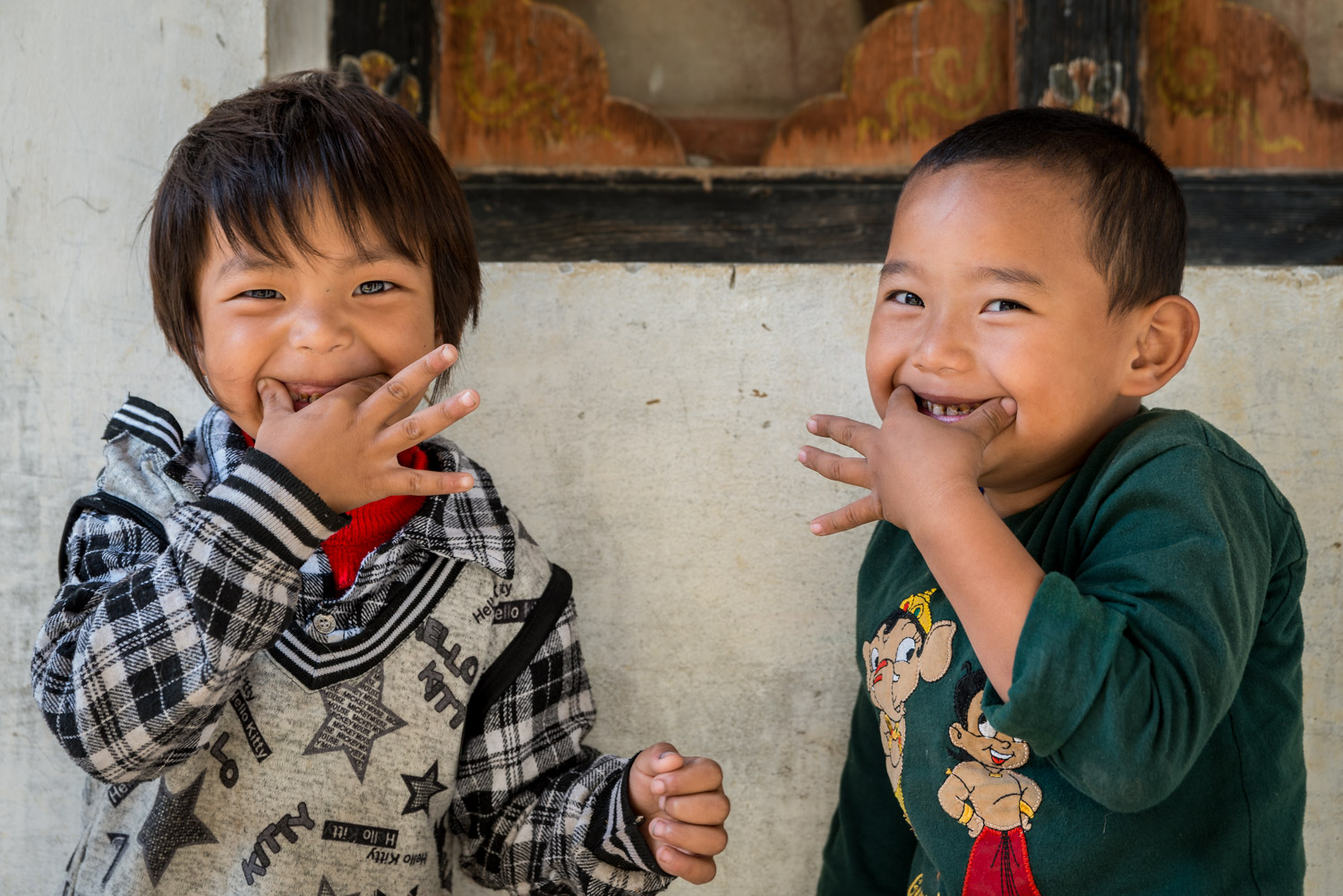
I think a large part of the reason for this, is because what I am seeing in front of me is unique. At least to me it is. To the people I am photographing, it’s just a normal thing for them. It’s not unique at all. In fact, if I look around I can probably see hundreds more just like them. But it’s unique to me, and that’s what matters.
I am seeing something different, and it motivates my creativity. I see regular things in a new way. Regular people appear fascinating. Maybe it’s their clothing, or their skin tone, or their comparative innocence. Maybe it’s because they are not like me.
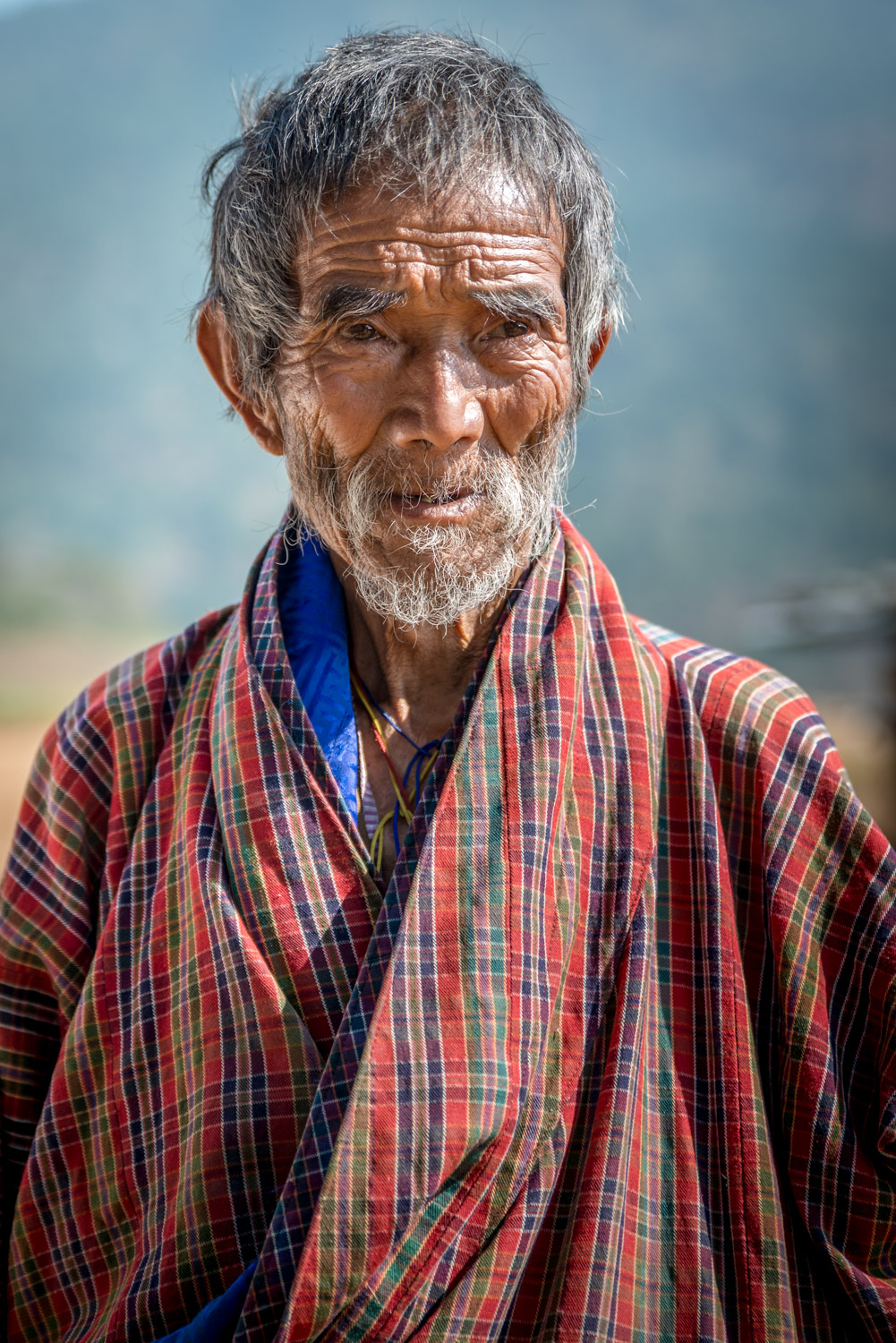
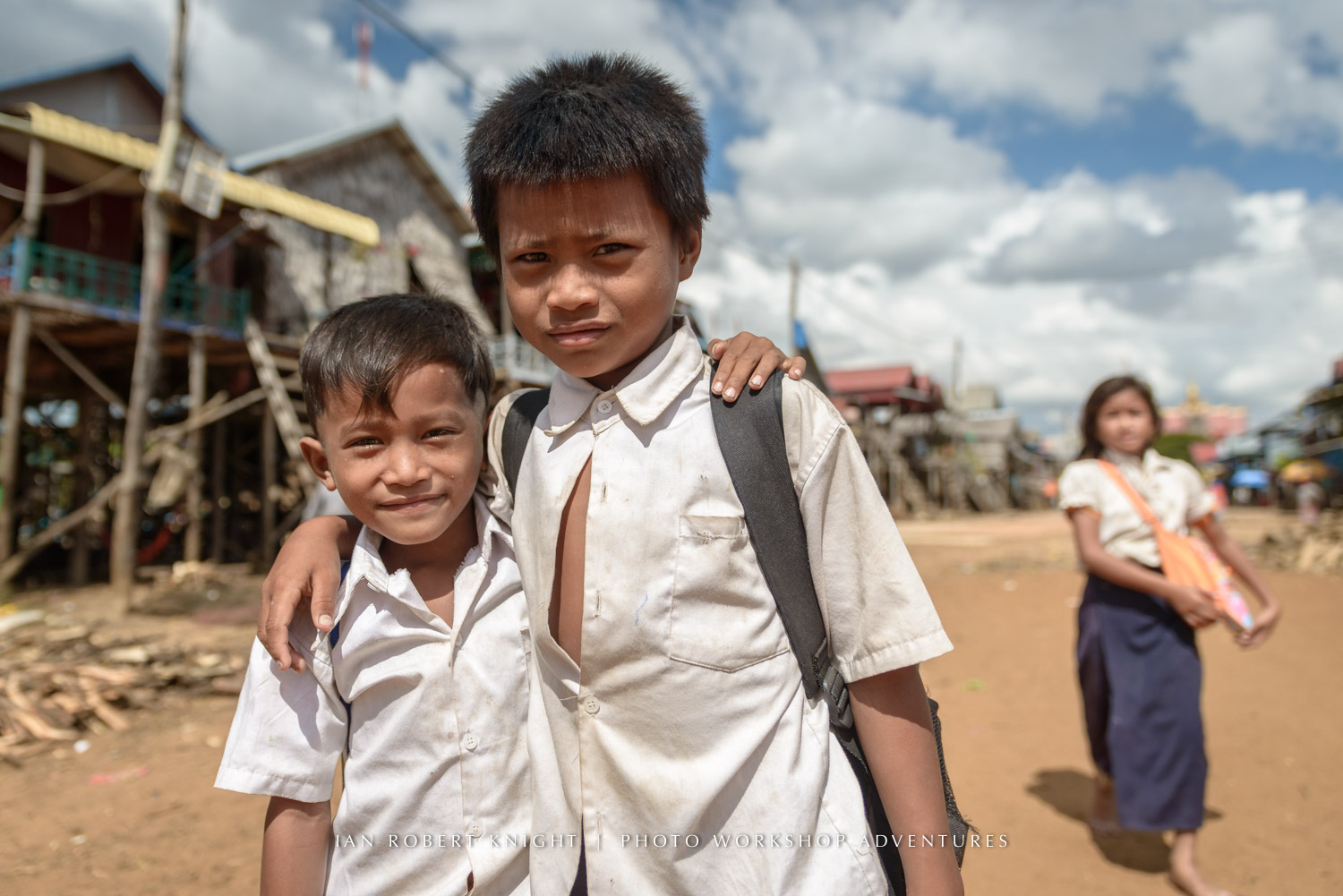
Ordinary But Unique
Because of this fascination, I take a lot of photos of people. Regular people, ordinary people. Regular, ordinary and unique. I am particularly drawn to mothers with small children, or the village elders with stories visible in their faces. The innocence of the children and the placidness of the elders speak to me in a way.
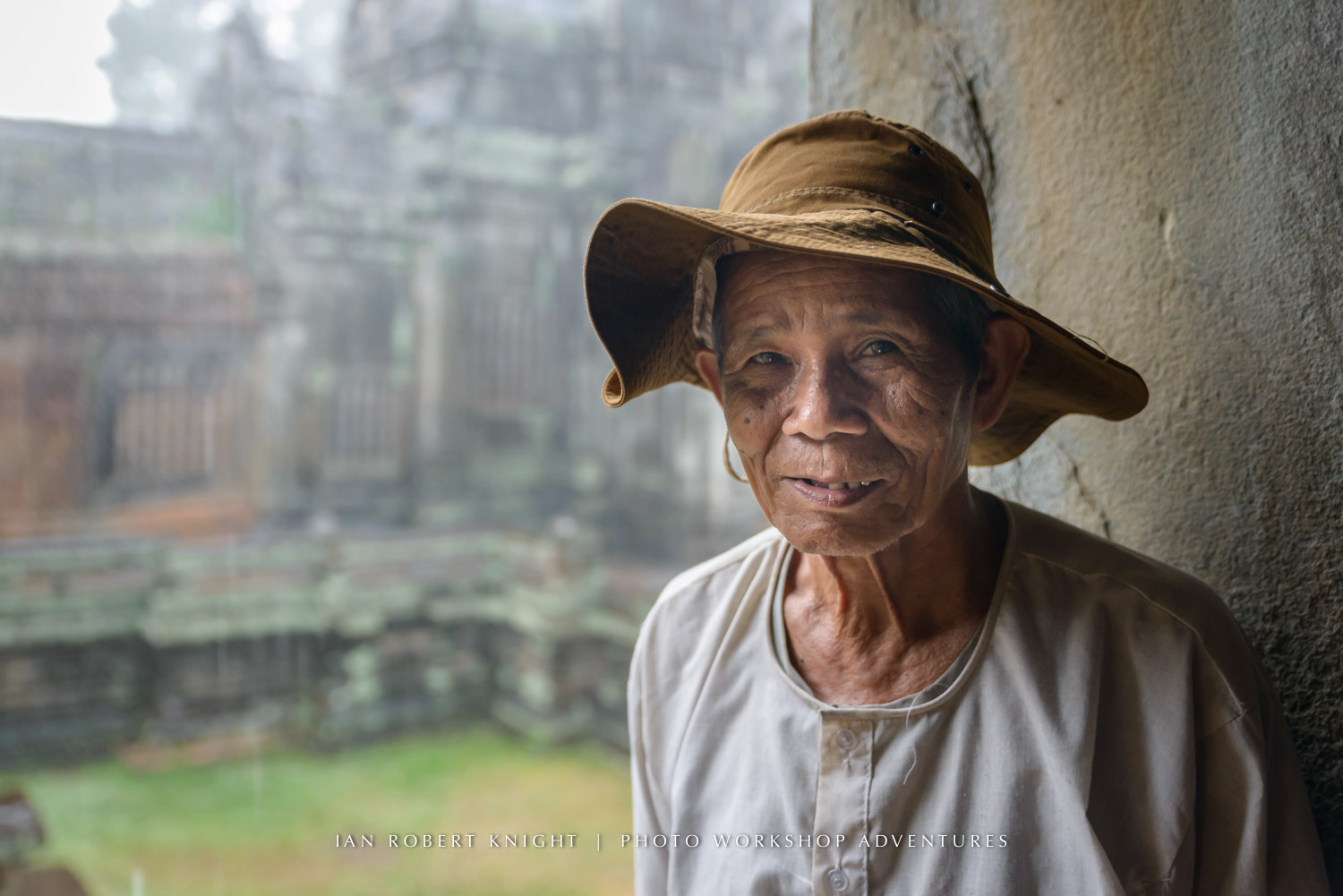
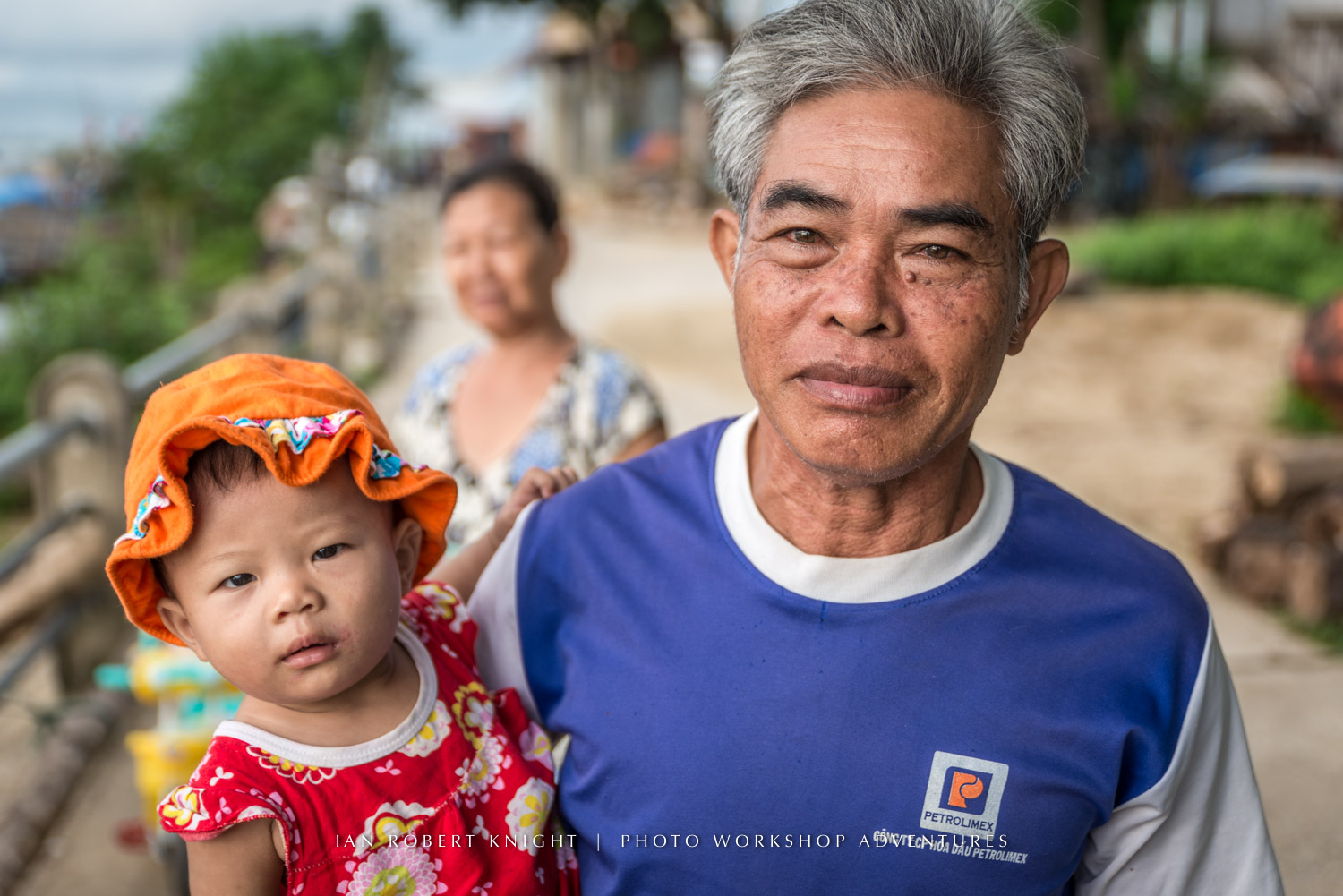
Getting good shots of people on the streets in a foreign country requires some effort and skill. Not just proper photographic skills, although that is important too. It takes the ability to communicate with your subject to put them at ease. This will help to let you photograph them.
In some cases, you don’t need to seek out permission to photograph someone, if they are not directly involved in the photo. By this, I mean that you are shooting images that don’t identify people. That could be silhouettes, crowds, or scenes shot from above or behind. But in other cases, where you are specifically photographing one or two people, you need to get some form of permission from them.
This is important from a moral (and often legal) standpoint. But also because it will make your photograph look a lot better. If the subject is emotionally involved in the process, the images will show it. If you photograph someone against his or her will, it’s hard to mask that in a photo. And it’s likely going to be a disappointing result.
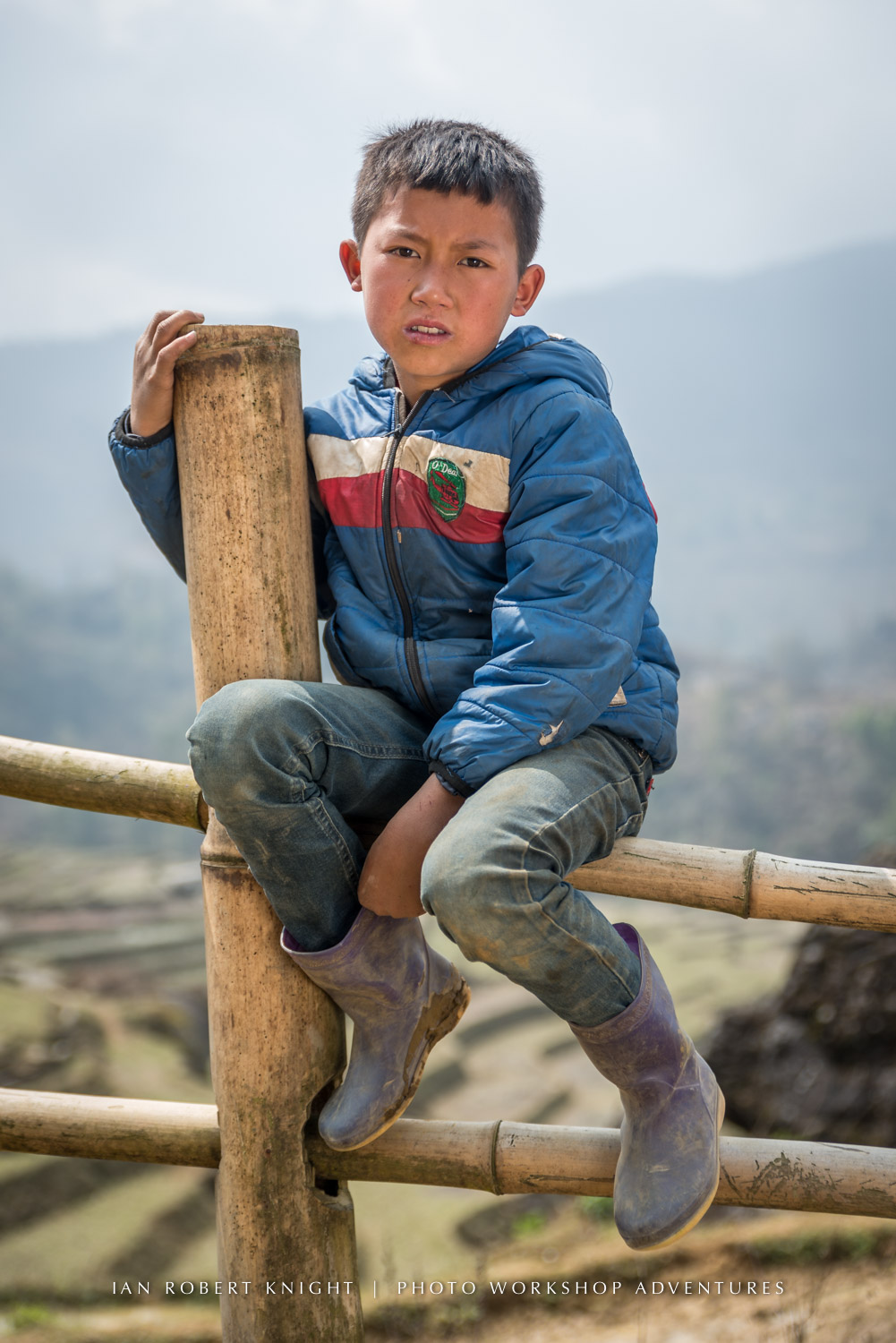
Getting Permission
In my experiences in Asia, particularly outside of the large cities, people are usually quite willing to be photographed. Perhaps it’s still somewhat of a novelty to them. Or maybe they are not as concerned with personal privacy as we are. But it’s still appropriate to get their permission – specified or implied – before you photograph them.
Often, I am in places where the local residents don’t speak any English. If I have a Guide or Fixer with me, I can get them to interact with the local person, and ask for permission. This is usually pretty successful, but not always. I don’t always have that luxury of having someone to do the talking for me, so I attempt to communicate with gestures and smiles.
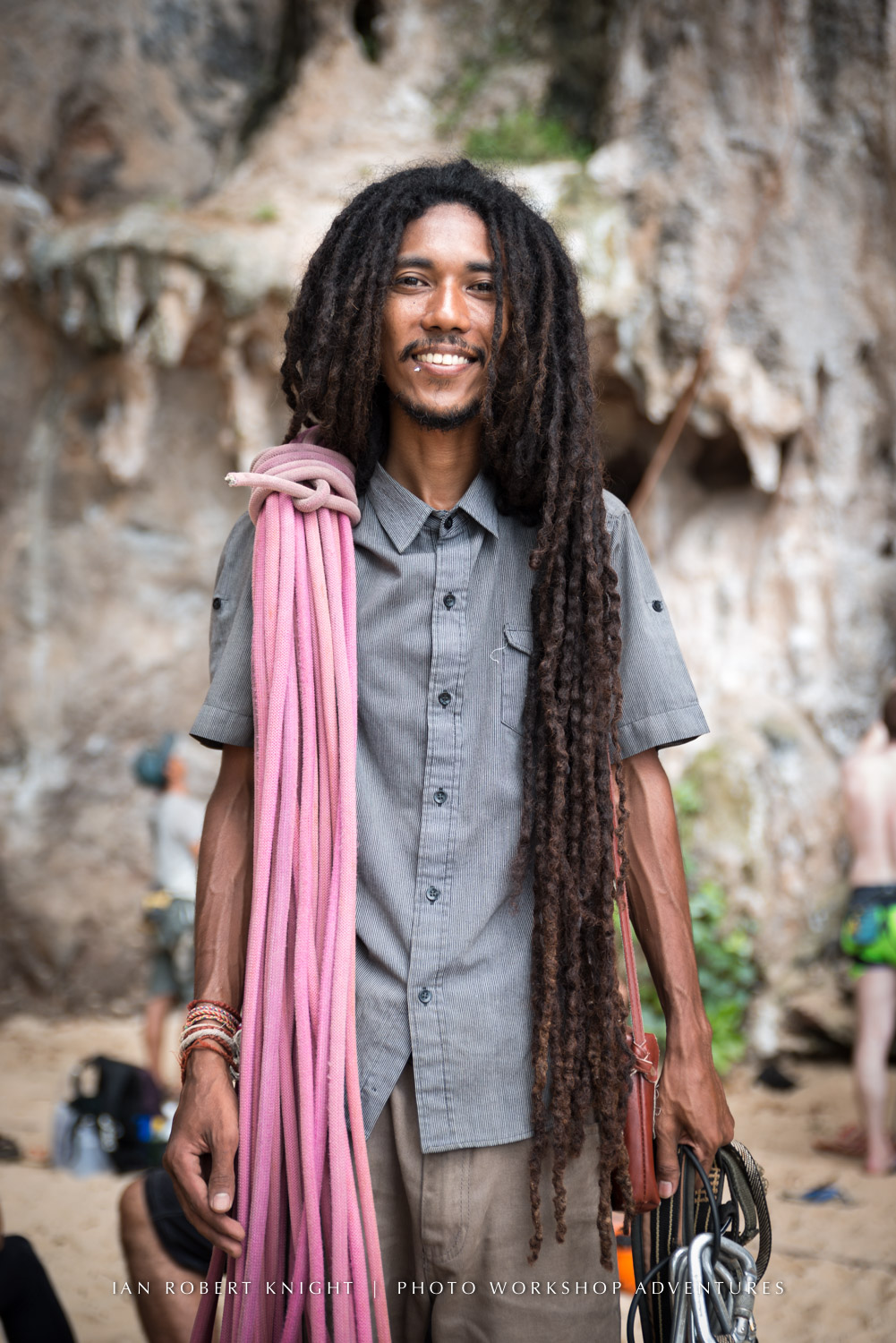
Breaking Down Barriers
One thing I’ve learned is to not start with the “can I take your picture” part of the chat first. I start with a smile, and attempt to engage them in some form of non-verbal chat. If I am lucky, they may attempt to speak in English, or I attempt their language. This usually leads to laughs for both of us. Then a barrier is broken down. If they are selling things, I may make a small purchase – and another barrier is removed.
Once I feel that we’ve made some form of communication, I hold my camera up, and make a gesture that suggests I want to photograph them. I smile, and fake a picture movement. And nine times out of ten, they are then willing to be photographed, and I get a great picture from them.
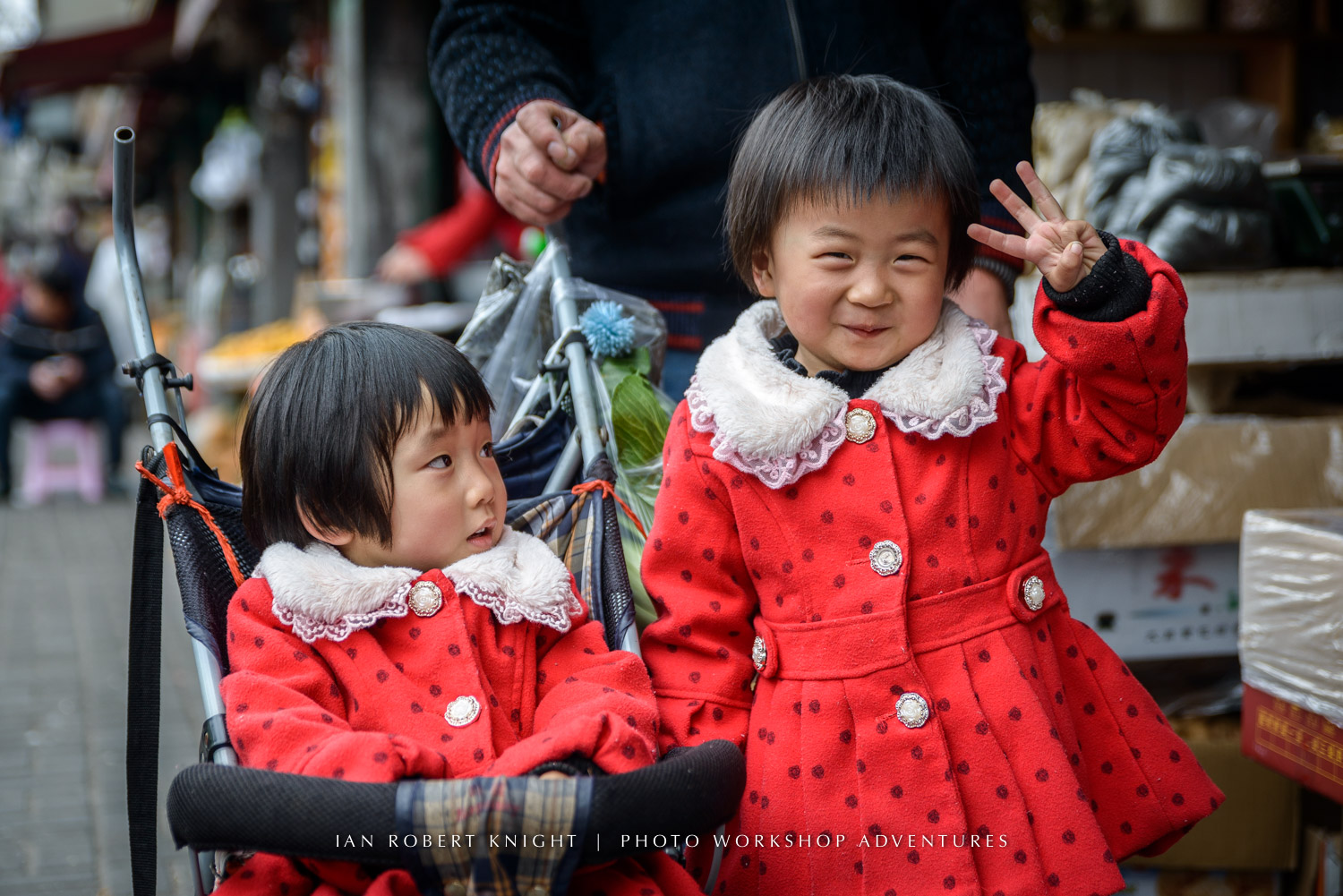
Breaking down barriers may sound like it’s a tough thing to do, but it’s not really. I think of them as minor oppositions that can be overcome with a genuinely pleasant and polite manner. People just want to be treated well, and in return, they will treat you well.
If you put yourself in their sandals, and try to see it their way, it will probably make it easier for you. If you’re nice, engage them in some kind of chat, and make them feel happy, the results will show.
Ian Robert Knight leads Adventures throughout Asia, including China-The Middle Kingdom Photo Adventure and Southern China Photo Adventure, Amazing Thailand Photo Adventure, Vietnam Photo Adventure, Cambodia Photo Adventure, The Kingdom of Bhutan Photo Adventure, Japan Photo Adventure and Nepal Photo Adventure. Join him on an upcoming tour, and see what he’s talking about first hand, when photographing people in Asia.
